Happy Frickbear Friday! Sorry for how late this post is, I had work today : (
As a continuation of last week’s post, I wanted to focus on how certain aspects of the game evolved over the course of development. This week I’ll specifically be focusing on the 3D elements of the game!
As you probably know, this is one of the game’s biggest departures from the two games preceding it. I can’t say exactly why it became as big of a focus ingame as it did, though I think it’s one of those things I did purely because I knew I could - after being stuck within the limitations of Scratch for so long, it was hard to resist the temptation to get really out there with the capabilities a new engine provided.
THE OFFICE
The only thing that was planned to be 3D from the start was the office - I’ve always thought it was really cool when FNaF fangames manage to make the office look convincingly 3D even when in a 2D engine, so I tried my best to replicate that! …Though the thing is that while most other fangames achieve this effect through applying a shader to an otherwise flat surface, I didn’t know how to do this, so I opted for the slightly more complicated solution of actually rendering the walls of the office in 3D. The way it works is that the three walls surrounding you are actually in 3D space, but everything ON them is flat - while things like the desk or the shelves might look like they’re 3D too, they’re actually just baked into the wall textures. It’s hard to unsee this in the game itself once you know how the effect is achieved!
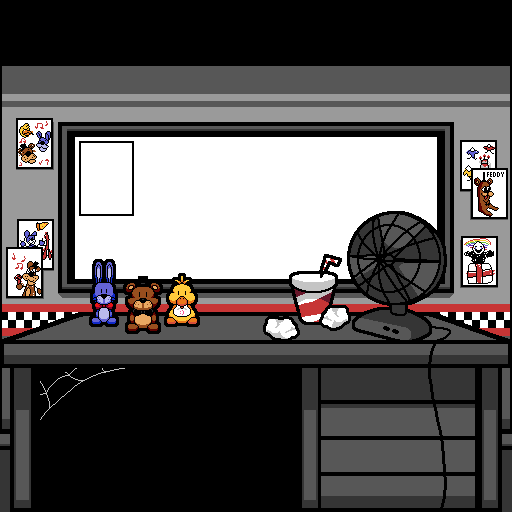
Pretty much everything you see in the office is just rendered onto one of these three flat textures, though there are a couple exceptions - characters who show up in the corners of the office like BB or RWQFSFASXC are rendered on their own flat surfaces since they’d look a little weird otherwise.
THE CAMERAS
These were actually going to be more traditional 2D drawings at first, much like the first two games and most other 2D FNaF fangames, but I quickly realized that it would be really hard to make the cameras look convincing or immersive as actual spaces if they were all flat drawings with inconsistent perspective.
My first idea was actually to build out a map of the building in Minecraft and just trace over it so I wouldn’t have to worry about figuring out the 3D perspective by hand, but this idea never got particularly far.
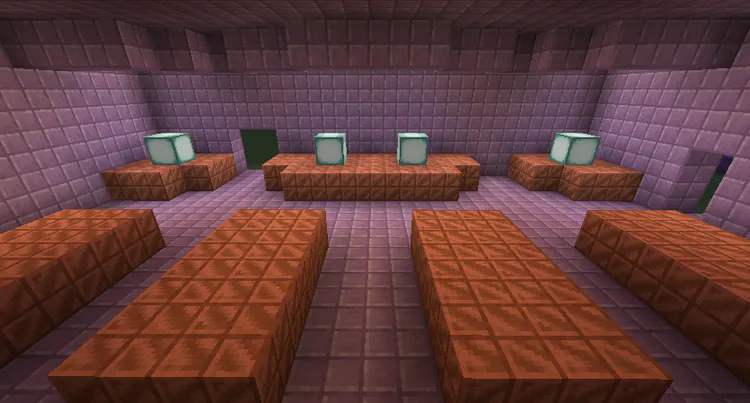
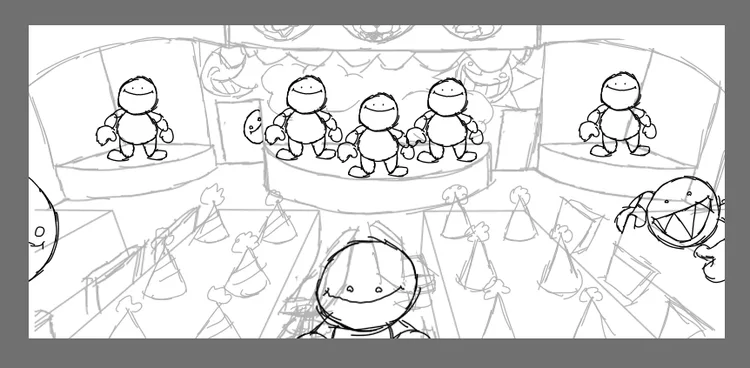
Finally, shortly after I had gotten some work done on the 3D salvage minigames, I realized I could just model out the whole building in-engine and then take screenshots of it to use for the cameras. This was ultimately the best option! While it was quite a bit of work to model and texture everything out, setting it up like this meant that I didn’t have to worry about abiding by the rules of perspective by hand and could just let the computer handle that for me.
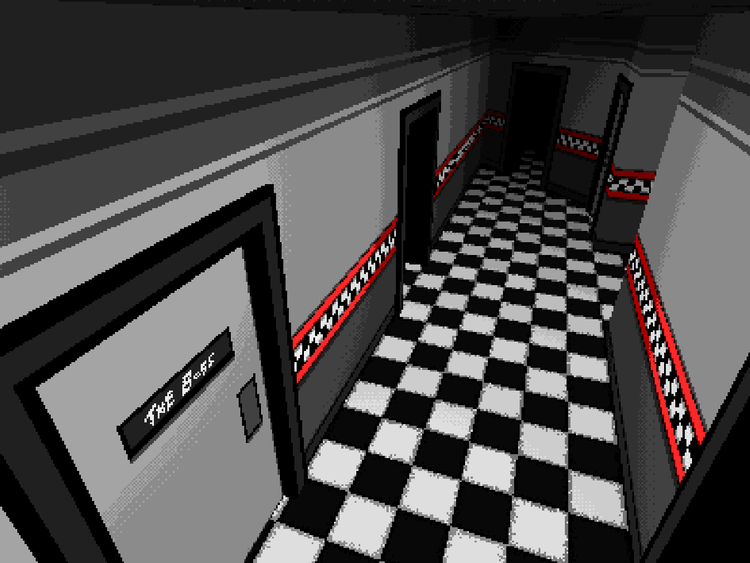
Fun fact: While all the camera renders are just that - renders - the full 3D map of the building does exist in the game’s files! Theoretically if you modified the game you might be able to take a look around it yourself, although since it was never intended to be rendered in real time it’s also horribly unoptimized.
As an extension of the main building, the title screen is ALSO rendered in 3D - there's not a whole lot to go over with it though, the development process for it was pretty much the same as the cameras. Rendering it in 3D did come with the unique opportunity to do cool camera movements, though!
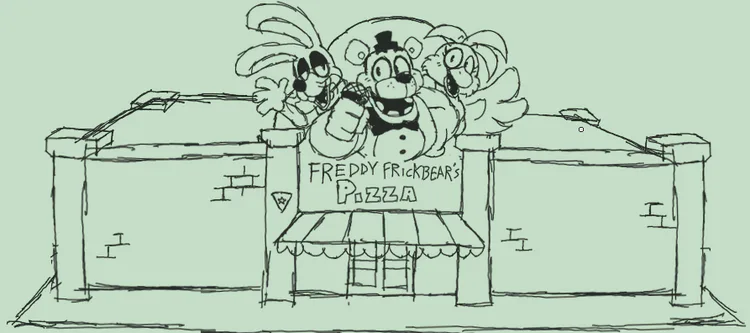
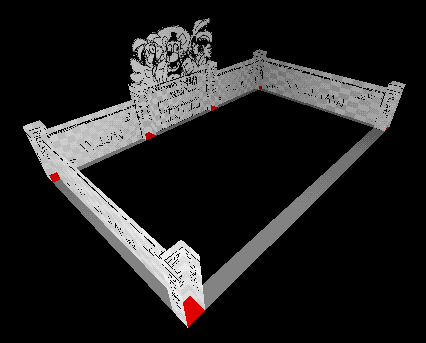
Early on I had the idea of the camera going inside the building itself once you pressed space, with each menu option panning the camera over to a different part of the building, though the aforementioned performance issues prevented me from doing so. It also would've meant no funny taxi cutscene for the nightguard openings!
THE SALVAGE MINIGAMES
I’ve seen a lot of people surprised by the 3D elements in Frickbear’s, especially the salvage minigames, since GameMaker is widely known as exclusively a 2D engine. While real-time 3D IS entirely possible, the engine definitely isn’t designed for it! A lot more stuff needs to be done by scratch. Pretty much everything 3D in this game needed to have the coordinates of its every polygon manually set as opposed to just importing a model, which while very tedious and annoying at points, I DO think the result was worth it.
Much like the cameras, these salvage minigames were ALSO meant to be 2D at first - in fact, some remnants of this remain in the game’s files.
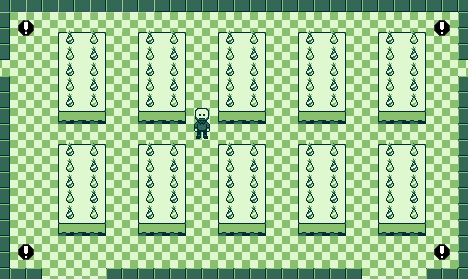
The idea to make the salvage sections 3D actually came from an idea I had as far back as when the game was still meant to be a Pizza Simulator-type game. At this point in development, the idea was that the salvaging desk sections of FNaF6 would instead be replaced with 3D maze minigames that would play almost a little like Dark Deception - You would navigate abandoned Fazbear’s locations with the main objective being to go around the map and collect Fazbear memorabilia to earn money while also trying to avoid being caught by the animatronics in the building with you. While the eventual change in the game’s direction meant I couldn’t really go with this idea anymore, some aspects of it did wind up carrying over. The current version of it is pretty much just a fusion of these two early ideas, following the format of the Frickbear’s 2 salvage locations but with 3D maps and an escape sequence similar to this second idea.
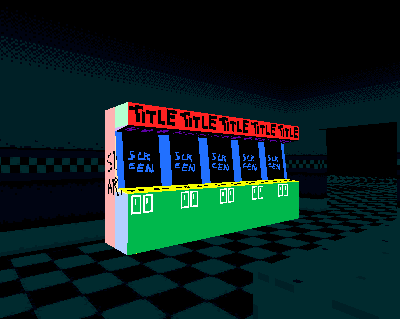
There are also some bits of cut content when it comes to these locations - most notably BB was originally going to be present in all of them to give out hints, much like he was in Frickbear’s 2. This role eventually went to the employee memos though, so he wound up being unused. (If you ever glitched out of bounds and found this guy in the demo, this is why!)
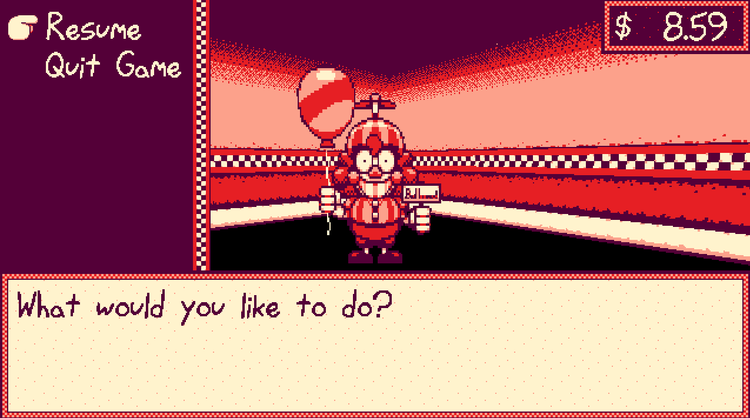
Aaaaaaaaaaand that’s it for now! I’ll go over some more weird little development tidbits next week :D
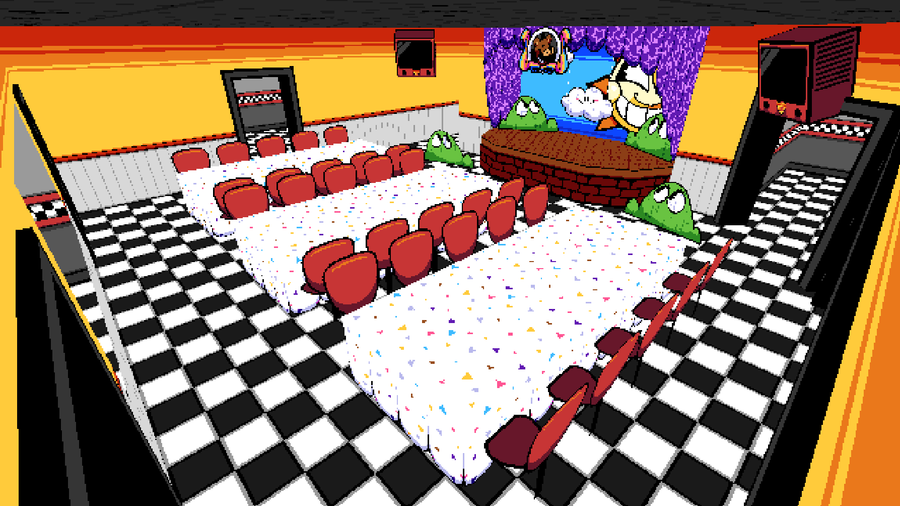
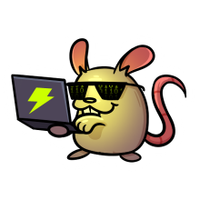

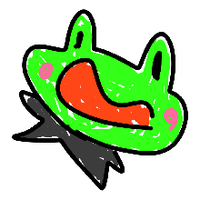

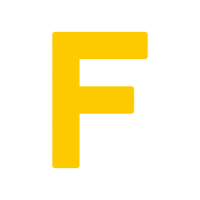




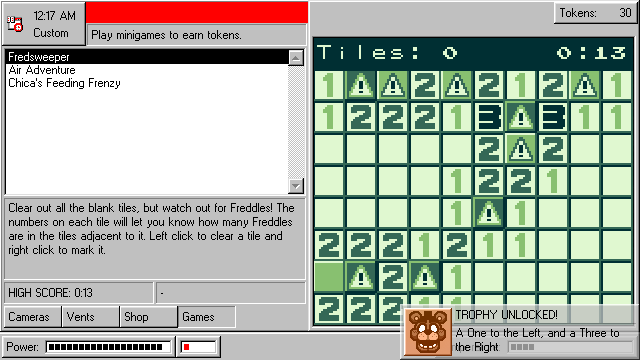
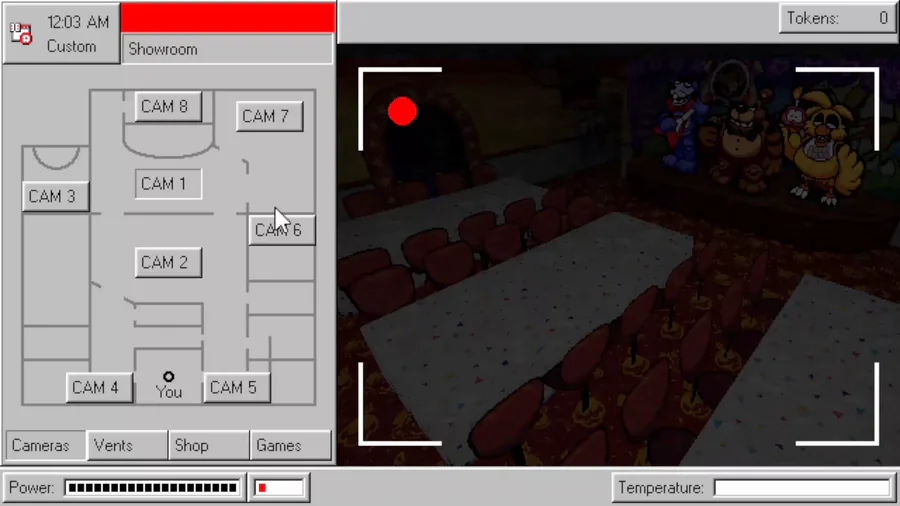
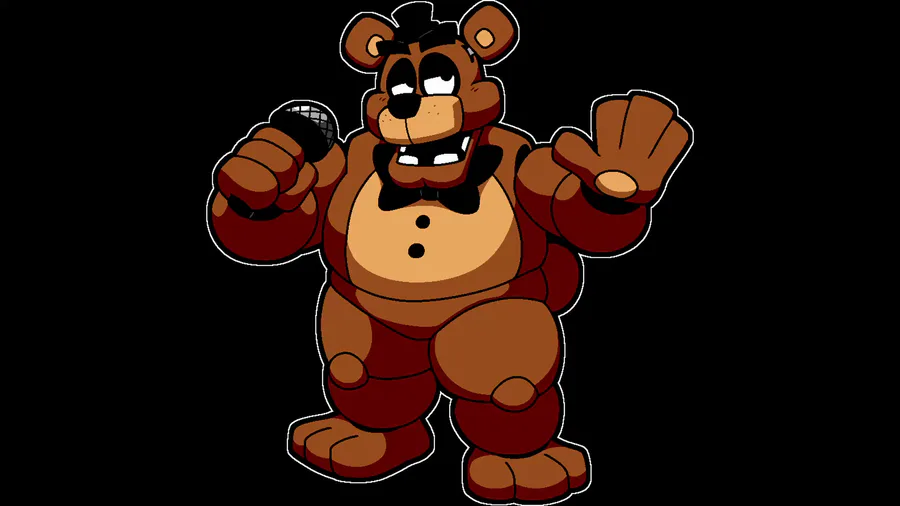

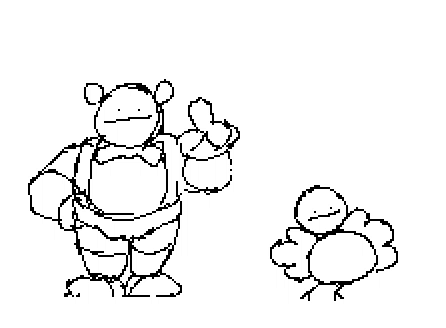
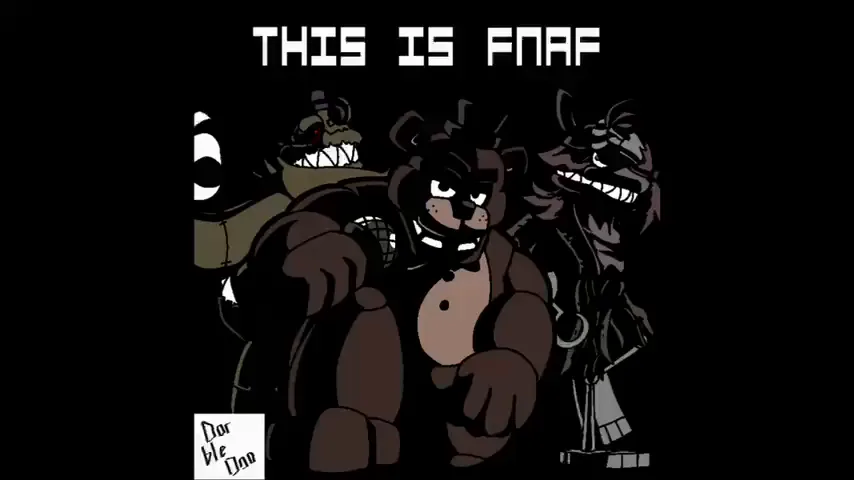
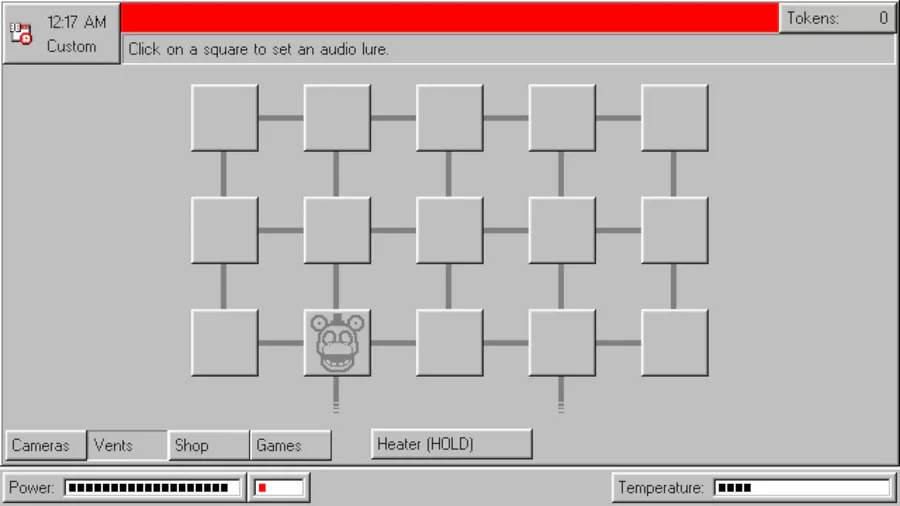

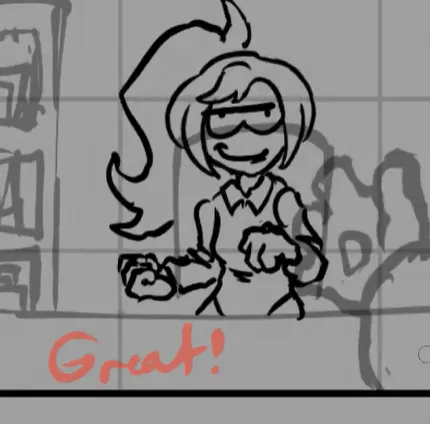
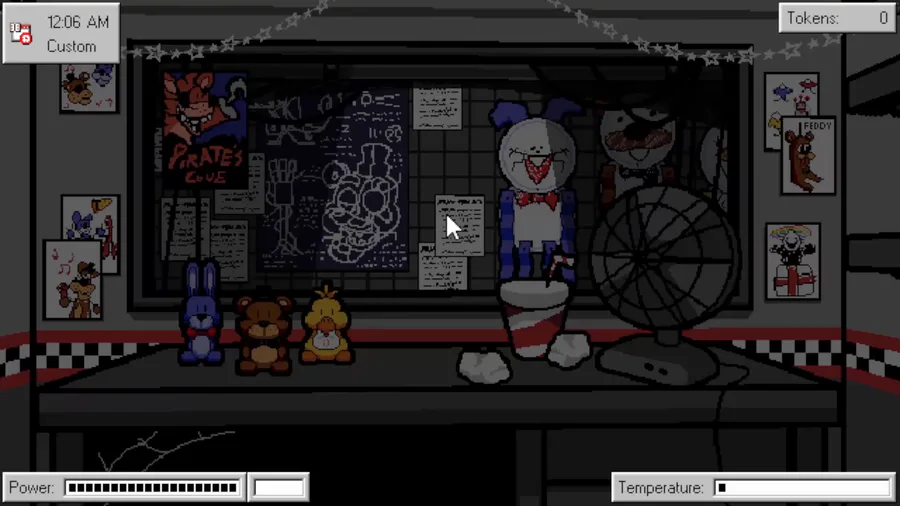
14 comments